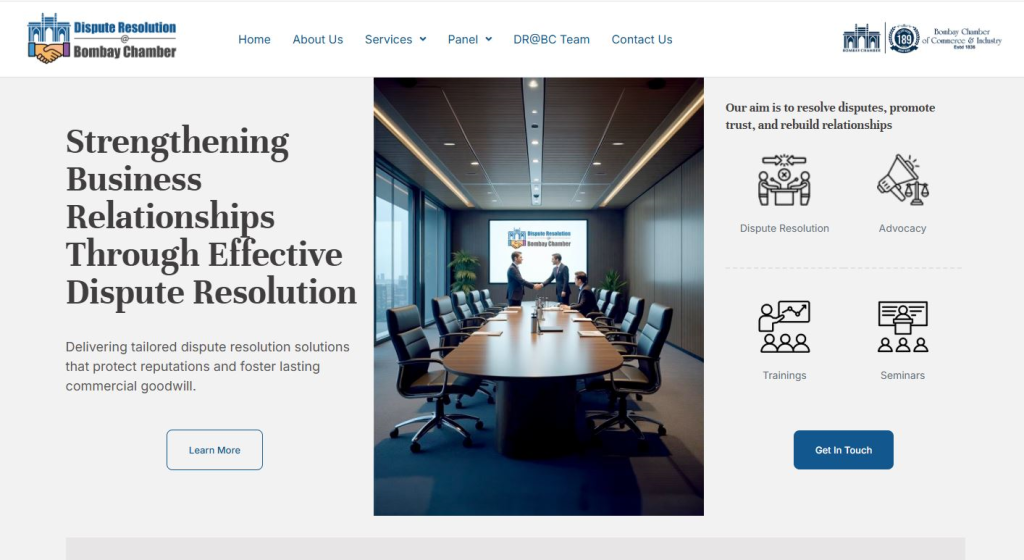Blog

Mumbai: In today’s increasingly complex commercial landscape, disputes are inevitable. But the method you choose to resolve them can shape not just the outcome, but the time, cost, and relationships along the way. Arbitration and mediation, often bundled under the banner of alternative dispute resolution, differ as much in strategy as they do in spirit.
Arbitration is inherently adversarial. It imposes a formal structure reminiscent of courtroom litigation. The process is governed by procedure and results in a binding decision – an award – that can be executed like a court decree.
This makes it particularly useful where parties need finality, enforcement, and a framework capable of absorbing complex evidence and legal argumentation. But it also comes at a price. Arbitrator fees, lengthy timelines, and procedural layers can make it a costly affair, with durations often stretching beyond two years and expenses creeping into seven to ten per cent of the dispute value. As many professionals have observed, arbitration serves best when the stakes are high – often above ₹1 crore – and the issues require detailed adjudication.
Mediation, however, takes a different path. It is fluid, collaborative, and anchored in consent. Rather than imposing a judgment, it offers a facilitated space for parties to communicate, find common ground, and reach a solution of their own making.
A well-handled institutional mediation can resolve matters within three months, at a fraction of the cost of arbitration. In practice, a typical mediation may cost under ₹76,000 and produce outcomes that cannot be challenged under Section 34, provided the terms are formalised as part of an arbitration award or under Section 30(4) of the Arbitration Act.
What makes mediation particularly powerful is its emphasis on preserving relationships. In business disputes, where future collaboration might still be on the table, this becomes a strategic edge. And while the Mediation Act is still in the process of full notification, professionals are already making adjustments – treating direct resolutions as ‘conciliation’ where required by law, but maintaining the spirit and structure of mediation.
Interestingly, the future may not belong exclusively to one approach. Institutions and arbitrators are already embedding mediation within arbitration proceedings. When the arbitrator also holds mediation training, the shift between forums is seamless.
Parties may pause arbitration, engage in structured mediation, and return—if successful—with a binding resolution converted into an award. It is here that the strategic blend reveals its strength, offering the enforceability of arbitration with the consensual power of mediation.
For professionals and institutions alike, the real challenge lies in knowing when to pursue which path. Arbitration is a hammer; precise, powerful, but not always appropriate. Mediation is a bridge – faster, lighter, and often more enduring. In a world where legal efficiency is currency, the best strategy may be to ask not which tool is better, but which moment calls for which instrument.
Dispute Resolution @ Bombay Chamber (DR@BC) is an initiative of the Bombay Chamber of Commerce and Industry, India’s oldest operating chamber of commerce. Established in response to the growing need for efficient, business-friendly alternatives to litigation, DR@BC provides a structured platform for Mediation, Arbitration, Conciliation, and Neutral Evaluation. Contact us for a free initial consultation: https://adr.bombaychamber.com/contact-us/








